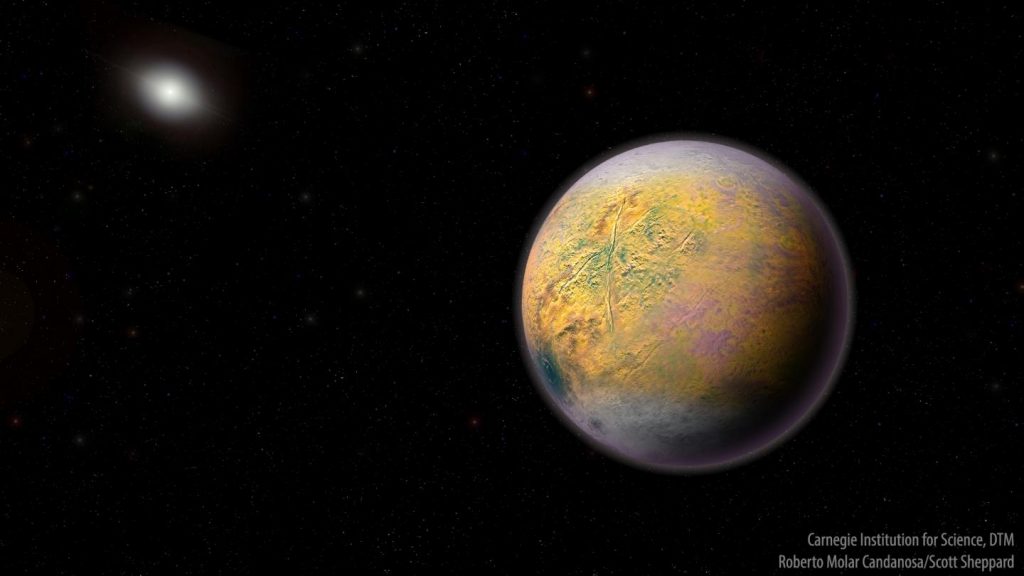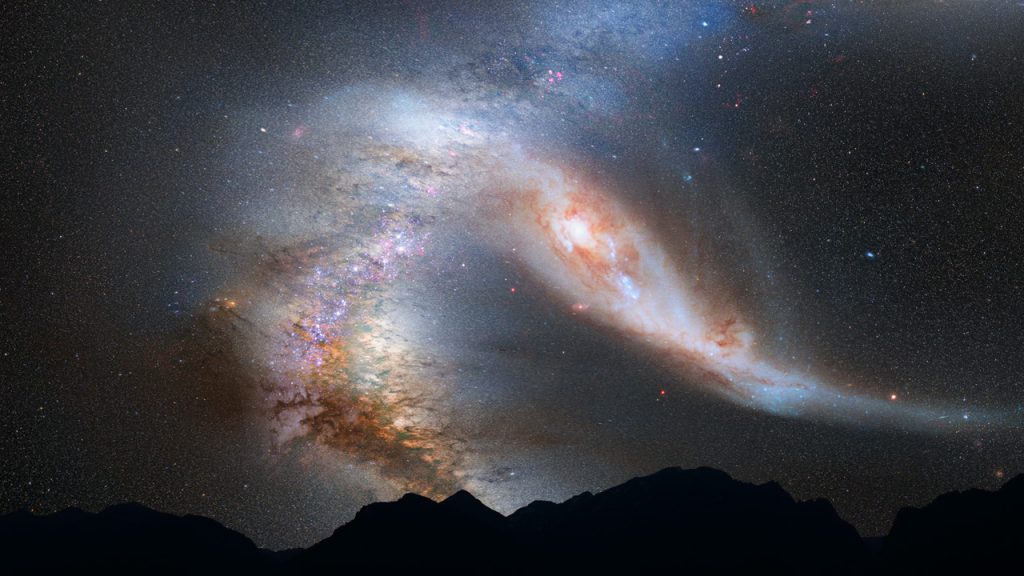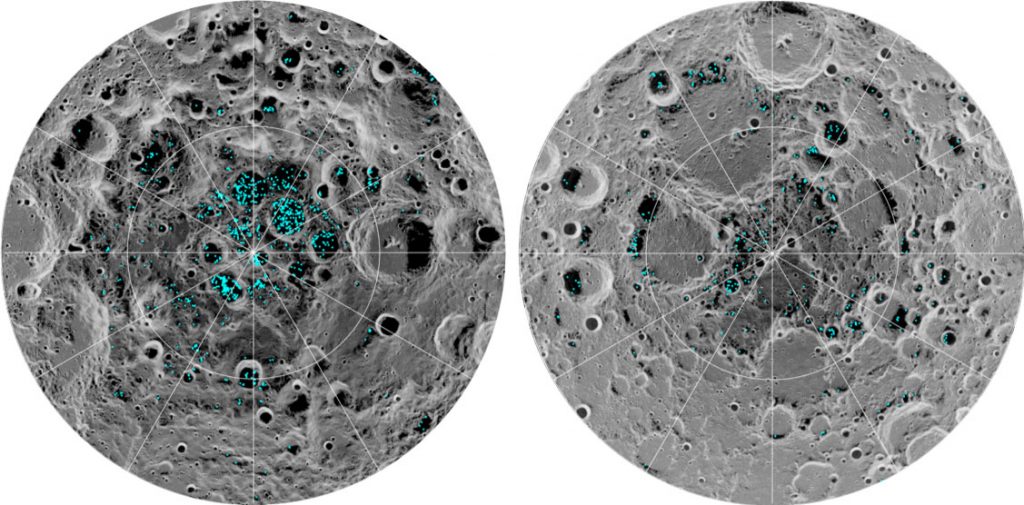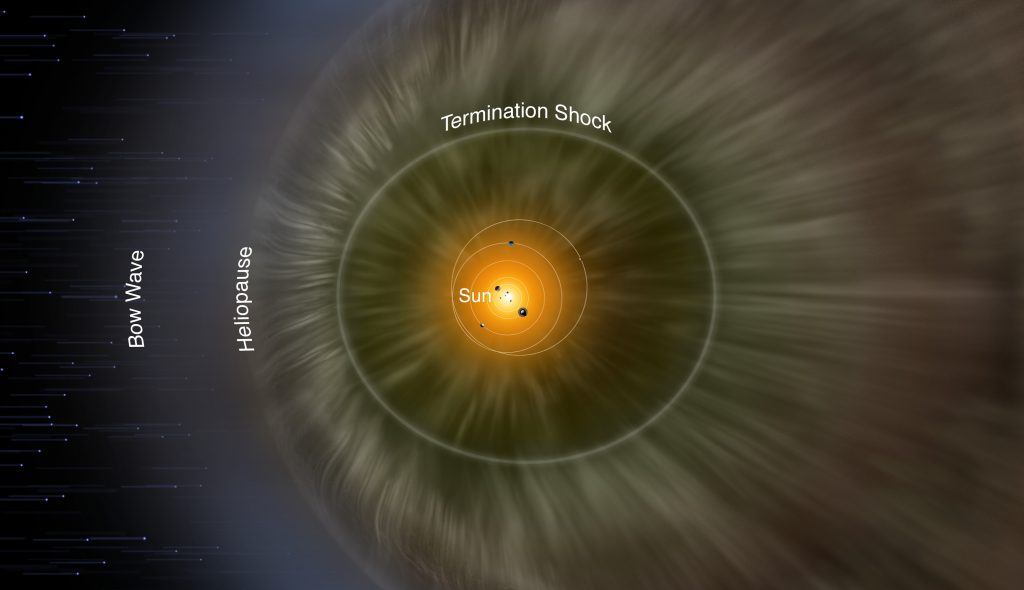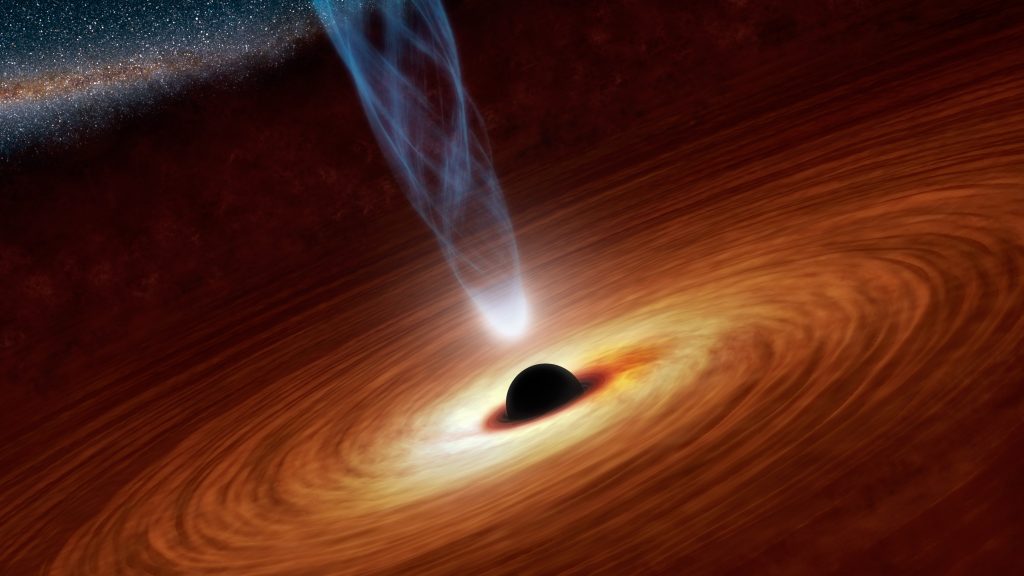Rocky with a hint of hydrogen: what’s a good recipe for a planet?
Rocky planets are rather small and gas giants are large – that’s one hypothesis you might come up with if you look at our Solar System. But is that true always and everywhere? Is our own system an example of the rule or an exception to the rule? Astronomers have now found more than 3700 exoplanets, but very little is known about their composition. At most the radius and mass are known. But even if the size and mass are known, it is still very difficult to say whether the exoplanet has, in fact, a large, but thanks to…

